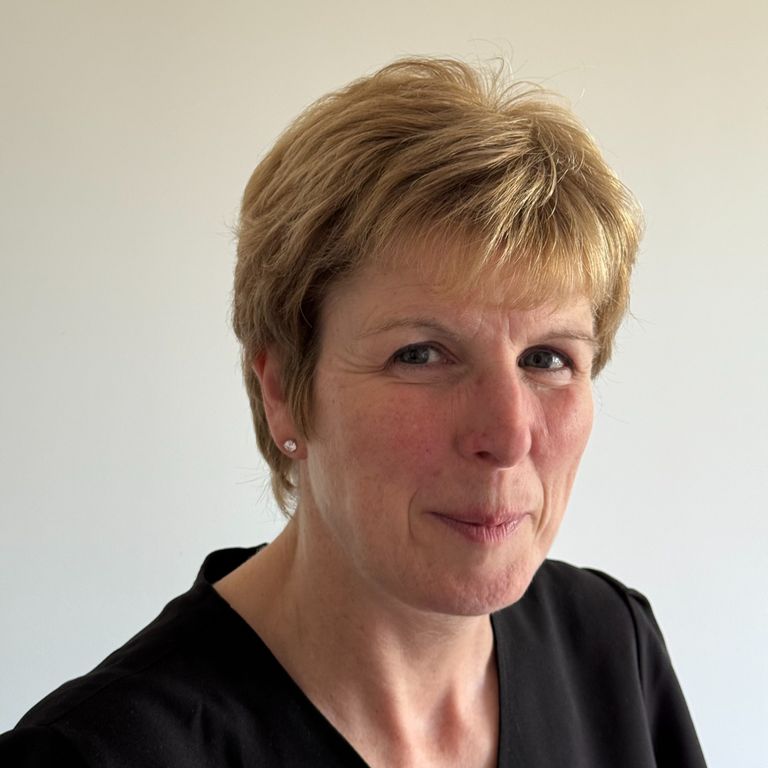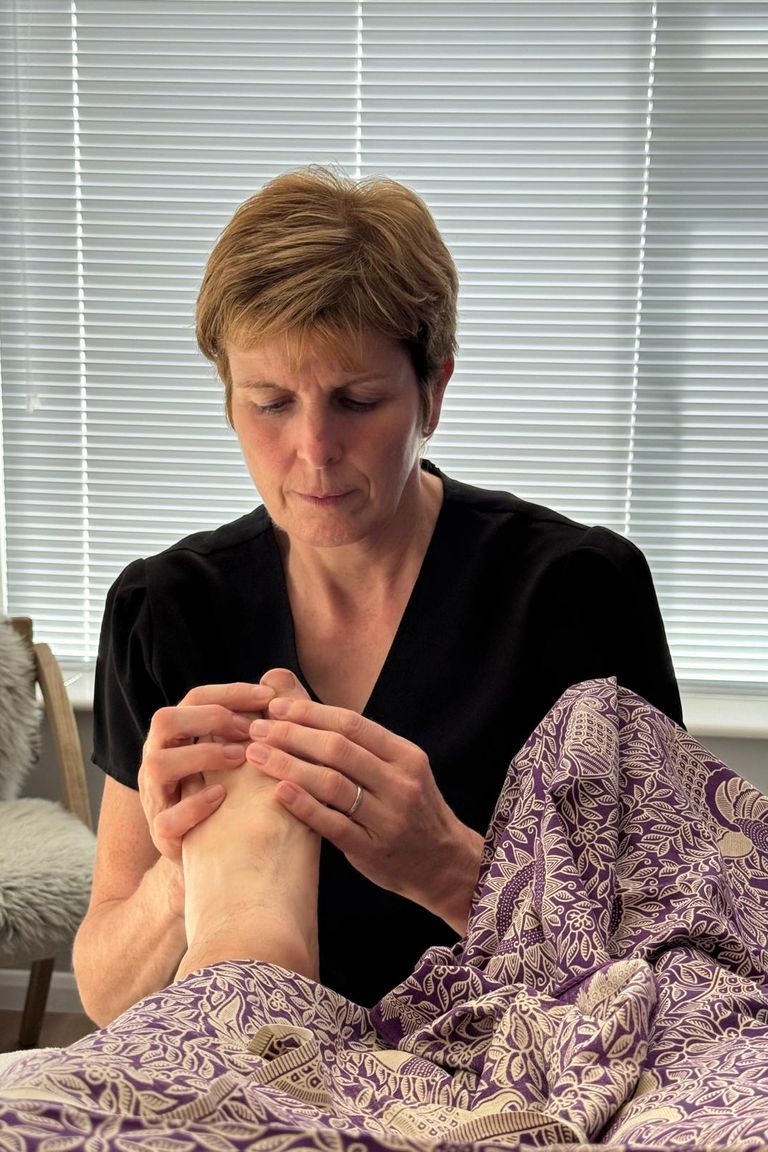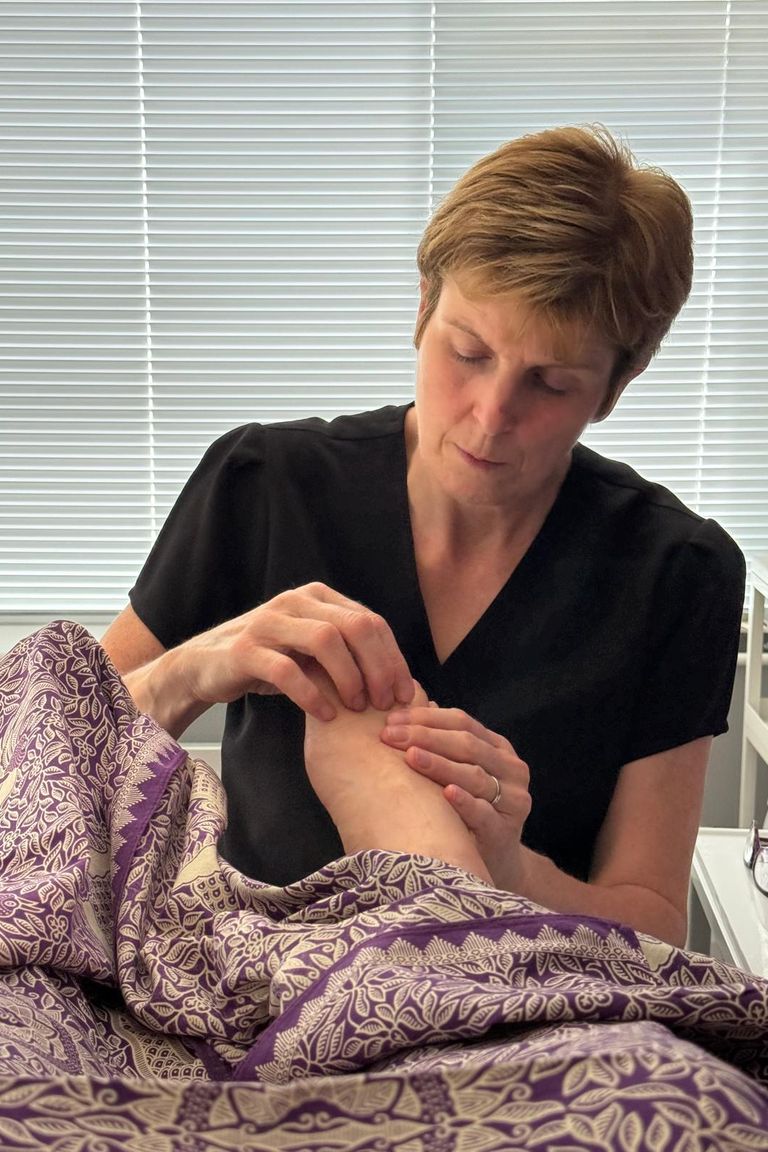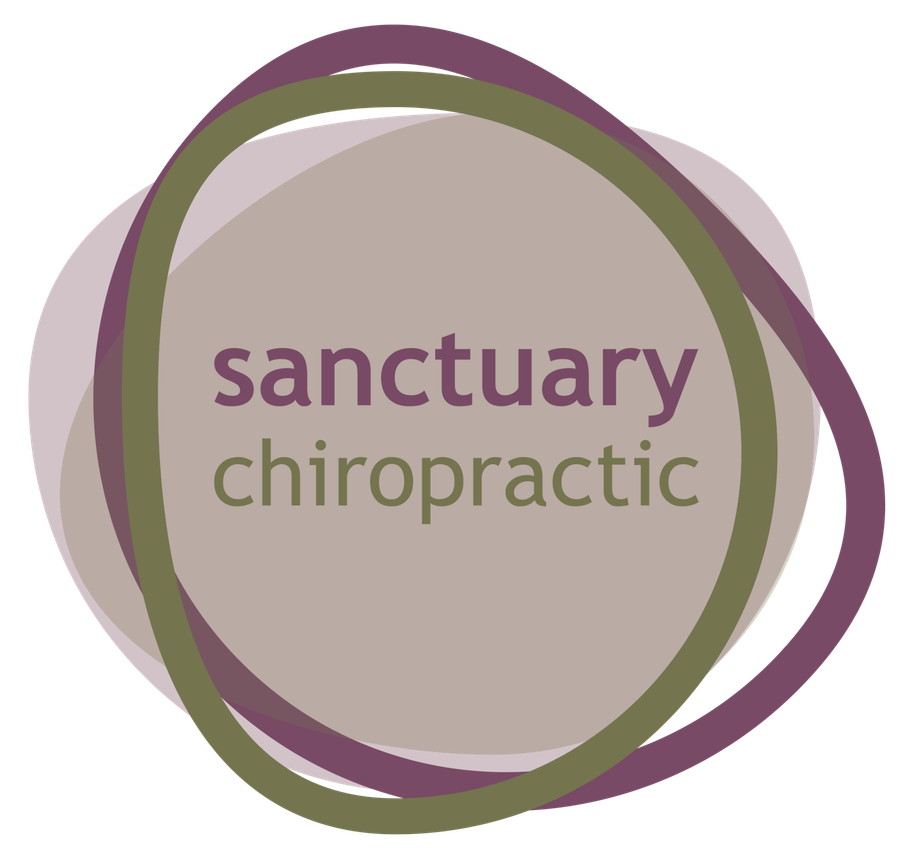Reflexology
Reflexology is a gentle, non-invasive complementary therapy usually on the feet but sometimes can be used on the hands, face and ears, to treat the whole body. It works on the principle that all the nerves in the body end in the feet. It was developed in the mid twentieth century, however history shows it dates back thousands of years to the ancient Chinese, native American Indians and Egyptians.
During the early 1930s a lady called Eunice Ingham, a physiotherapist, began to concentrate more on the feet and realised all the nerves in the body ended in the feet. She mapped the zones in the body and their contents onto the feet and reflexology was born. She is known as the mother of reflexology because she developed the reflexology charts which are standard across the world today. The charts help locate the part of the foot that will help treat the corresponding part of the body. The aim of the treatment is to stimulate the body’s own healing processes to bring the body back into a balanced state.
Reflexology is not used to diagnose or cure any medical conditions. It is a therapy which can benefit everyone, although there may be times when it is not suitable to provide a treatment.
During a Reflexology treatment
During the initial treatment, which will take approximately ninety minutes, your therapist will go through an in-depth consultation to discuss your health and lifestyle to ensure reflexology is right for you. Following the consultation, you will be asked to remove your shoes and socks and relax on a treatment couch. The treatment will begin with a foot reading and then the feet will be gently cleansed before a reflexology beeswax infused with essential oils is applied to help provide a free-flowing reflexology treatment. A gentle massage and stretching of the feet and ankles will be followed by a variety of reflexology techniques using fingers, knuckles and thumbs to stimulate the reflex points including a caterpillar-like movement called thumb walking. Subsequent treatments will last for approximately sixty minutes.
How will I feel after a Reflexology treatment
Most people feel a sense of wellbeing and relaxation afterwards. However, sometimes people can end up with a headache, or feel lethargic, emotional or tired, which are all perfectly normal feelings after your reflexology session.
The benefits of Reflexology
Although reflexology does not diagnose or cure any medical conditions, it can provide
numerous benefits including:-
- Improving sleep
- Improving circulation
- Reducing stress and anxiety
- Promoting relaxation
- Stimulation of the body’s immune system
- Reducing pain
- Enhancing overall wellbeing
How often should I receive Reflexology?
The frequency of reflexology sessions will depend on your individual needs and wishes.
Some people benefit from weekly sessions followed by monthly maintenance sessions, while others prefer occasional treatments.



